47 UMMA Objects
47 UMMA Objects

Ikeno Taiga;Ikeno Gyokuran
Mountain Landscape
1725 – 1775
Museum purchase made possible by the Margaret Watson Parker Art Collection Fund
1983/1.354
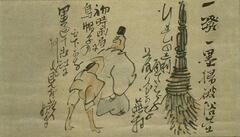
Yosa Buson (Japanese (culture or style))
Broom, Poems, and Poets
18th century
Museum purchase made possible by the Margaret Watson Parker Art Collection Fund
1969/2.24
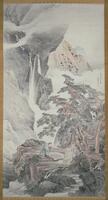
Maruyama Ōkyo
Scholars Playing Go by a Waterfall
1778
Gift of Mr. and Mrs. Province M. Henry
1955/1.265
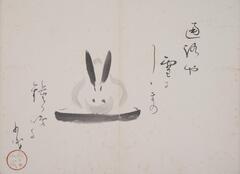
Japanese (Japanese (culture or style))
Rabbit, from a collaborative album of 11 pages
1918 – 1928
Gift of Dr. and Mrs. J. Robert Willson
1982/2.7.7
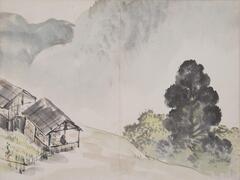
Kubota Kinsen
Enjoying the Scenery from a Mountaintop Tea House, from a collaborative album of 11Sketches
1918 – 1928
Gift of Dr. and Mrs. J. Robert Willson
1982/2.7.3
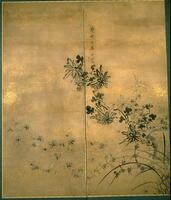
Ikeno Taiga
Orchids and Chrysanthemums
18th century
Given in memory of Calvin L. French by Fina and John E. Bardach
1986/2.10
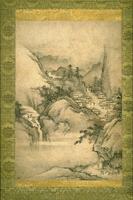
Japanese (Japanese (culture or style))
Mist Clearing Over a Mountain Village, formerly attributed to Hasegawa Nobuharu (Shinshun; later, Tôhaku)
1567 – 1632
Museum purchase made possible by the Margaret Watson Parker Art Collection Fund
1967/2.5

Zhang Daqian (Chang Ta-ch'ien)
Mountain Landscape after Hongren
1935
Gift of the Marvin Felheim Collection
1955/2.13
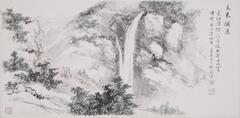
Chang Ku-nien
Wulai Falls Based on Sketches
1981
Gift of Dr. Cheng-Yang and Mrs. Shirley Chang
2006/1.121

Jin Cheng;Luo Zhenyu
Three Goats
1900 – 1926
Museum Purchase made possible by the Richard K. Beardsley Memorial Fund, supplemented by the Friends of the Museum of Art
1980/1.222
Loading…


